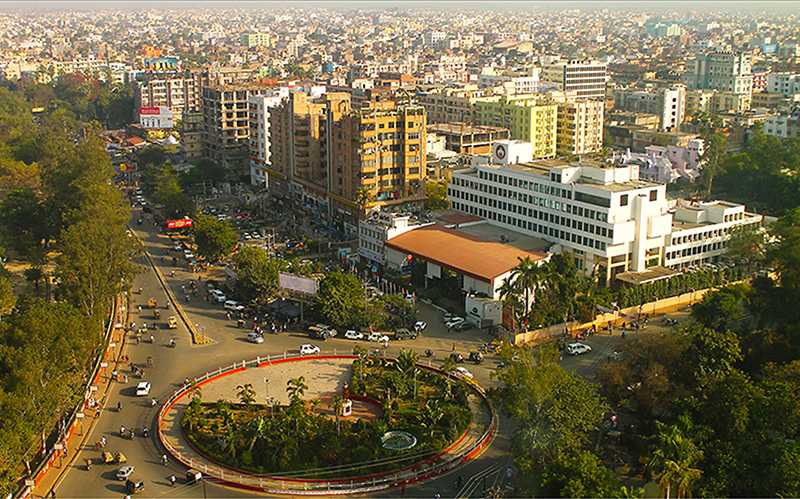State Profile
Important City of Bihar
After the 2011 Census, Bihar was the third most populous state of India with total population of 104,099,452 (54,278,157 male and 49,821,295 female). Nearly 89% of Bihar's population lived in rural areas. The density was 1,106. The sex ratio was 918 females per 1000 males. Almost 58% of Bihar's population was below 25 years age, which is the highest in India. Most of Bihar's population belongs to Indo-Aryan-speaking ethnic groups along with few Dravidian-speaking and Austroasiatic-speaking people mostly in Chhotanagpur Plateau (now part of Jharkhand).Bihar has a total literacy rate of 61.80% (71.20% for males and 51.50% for females), recording a growth of 20% in female literacy over the period of a decade.
At 11.29%, Bihar has the second lowest urbanisation rate in India. As per of the 2011 census, Bihar is India's most densely-populated state.
| Largest cities in Bihar | ||||||||||
|---|---|---|---|---|---|---|---|---|---|---|
| City | District | Population |  |
City | District | Population | ||||
| 1 | Patna | Patna | 20,46,652 | 8 | Arrah | Bhojpur | 2,61,430 | |||
| 2 | Gaya | Gaya | 4,70,839 | 9 | Begusarai | Begusarai | 2,52,008 | |||
| 3 | Bhagalpur | Bhagalpur | 4,10,210 | 10 | Katihar | Katihar | 2,40,565 | |||
| 4 | Muzaffarpur | Muzaffarpur | 3,93,724 | 11 | Munger | Munger | 2,13,303 | |||
| 5 | Purnea | Purnea | 3,10,817 | 12 | Chhapra | Saran | 2,12,955 | |||
| 6 | Darbhanga | Darbhanga | 3,06,089 | 13 | Saharsa | Saharsa | 1,56,540 | |||
| 7 | Biharsharif | Nalanda | 2,97,268 | 14 | Hajipur | Vaishali | 1,47,688 | |||
| Source: Census of India 2011 | ||||||||||